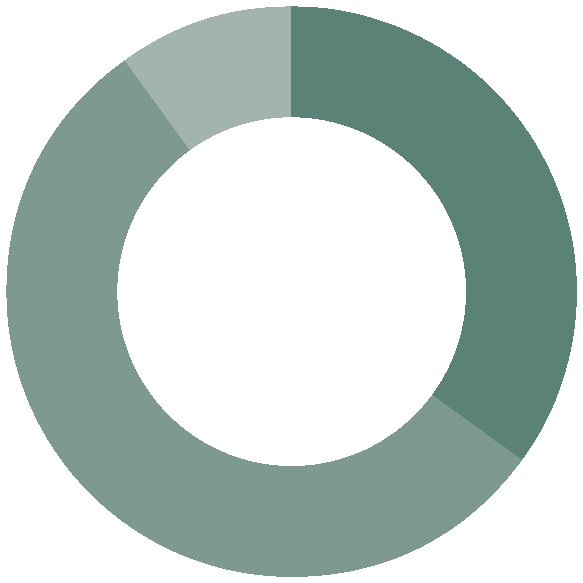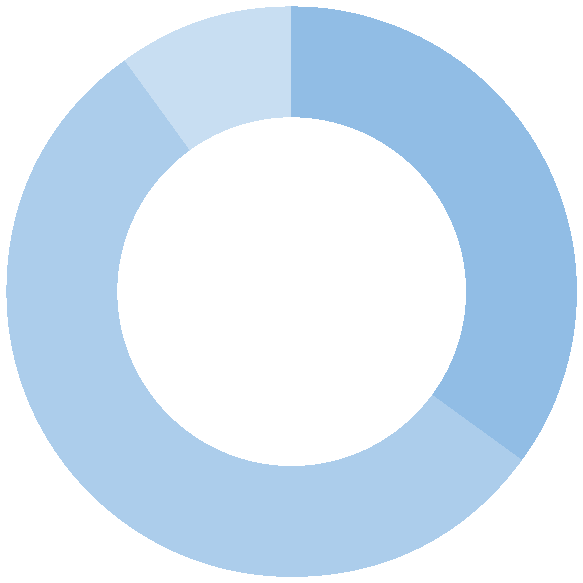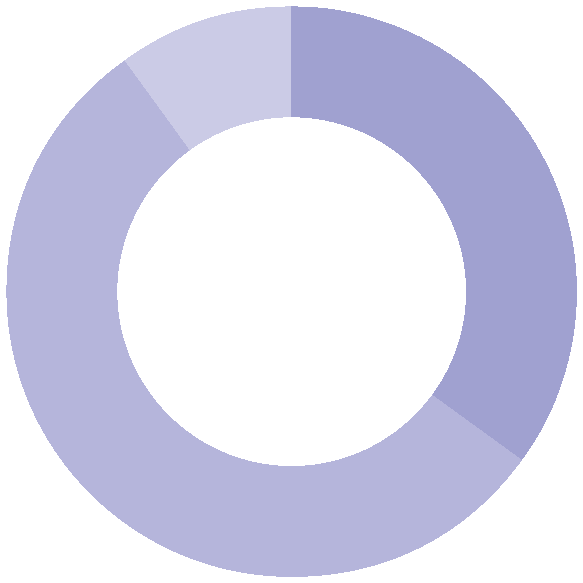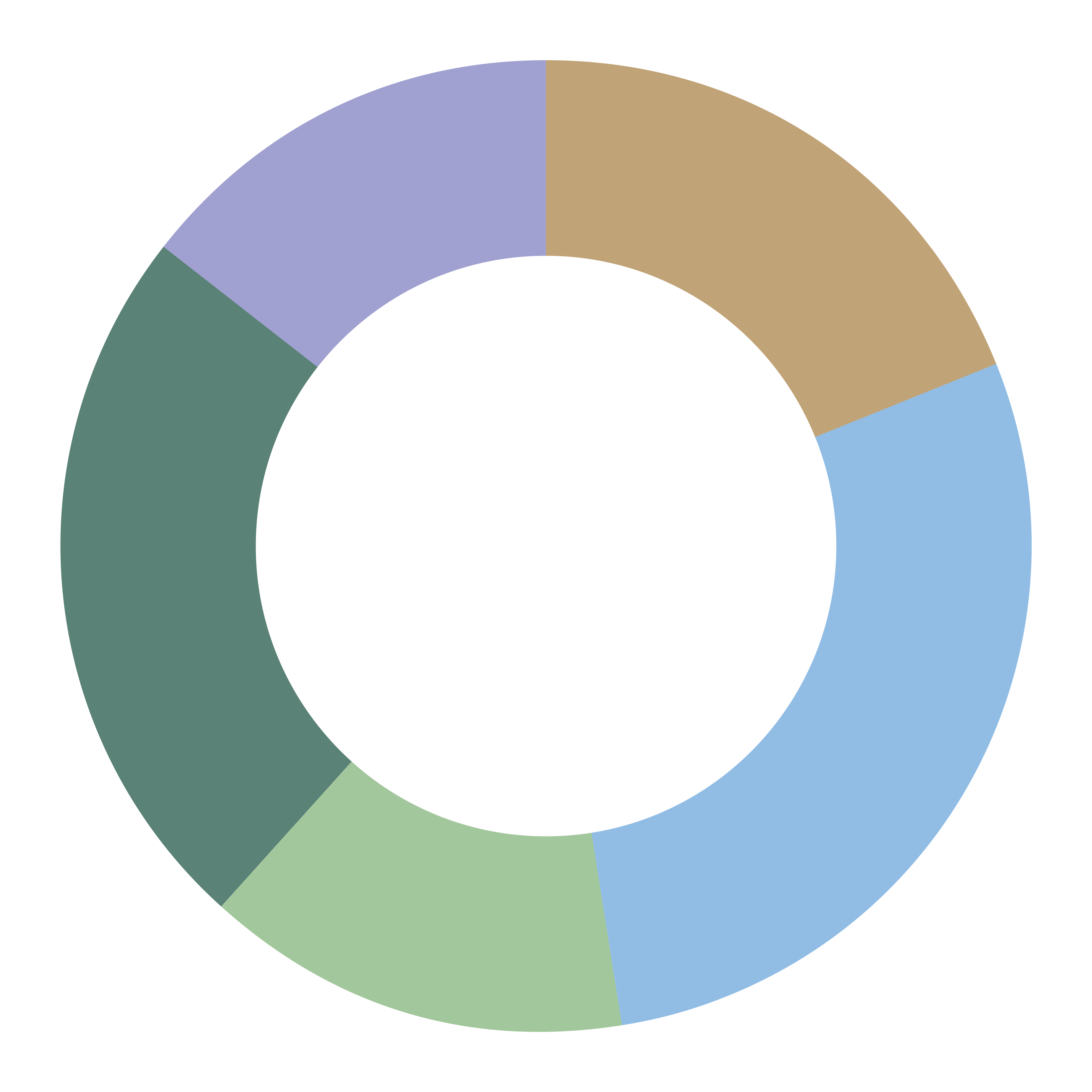-
Three themes:
Another interesting quarter has passed with equity markets once again in the drivers seat and government bond markets thankful for even a place in the car. The winners over the quarter were growth-oriented equity markets, particular those oriented toward the technology sector such as the Nasdaq, and the South Korean and Taiwan equity indices. High yield credit markets also did well, thanks to the US Federal Reserves’ bond buying program. Commodities also did very well, particularly iron ore which in turn gave some support to the Australian dollar.
The lagards over the quarter were the value biased markets. This includes Europe where financials continue to struggle under to weight of a negative interest rate. The US dollar also lost out in the risk-on moves.
Three themes that were most evident to us were, first, the continued encroachment toward administered markets worldwide; second, upward revisions to gloomy forecasts; and third, US election risk picking up.
1. Administered markets
The COVID-19 crisis has accelerated many structural trends that were evident previously. In financial circles, the trend that has been super-charged post-COVID is the trend toward “administered markets”. No fewer than thirty central banks around the world are now more deeply embedded and more intrinsically involved in the determination of market risk and return than ever before via asset purchase programs.
The unconventional policy has sent global liquidity above $US90 trillion. That’s changed the way financial assets respond to policy with US Federal Reserve balance sheet expansion now more correlated and statistically significant with equities.
Chart 1: Global Money Supply (USD, trillion)

Source:Bloomberg
2. Less gloomy
Forecasters from the OECD in Paris to the IMF and the US Federal Reserve in Washington (and many inbetween) were busy in Q3 revising up their previously very gloomy forecasts to a less gloomy economic scenario. So far at least, large companies have withstood the storm better than in 2008 (chart 2). This suggests two things: that stimulus has stabilised the situation; and that the pain won’t be as deep as some predicted. Naturally, this index tells the market little about the immediate future – nor the political deadlock that will probably last past November, depriving firms of badly needed stimulus. And it also doesn’t answer the question of how small firms are weathering the storm. But it does offer at least one indicator that initial fears were overblown.
Chart 2: Bloomberg Corporate Bankruptcy Index

Source:Bloomberg
3. US Election
A Wall Street Journal poll conducted two days after the first presidential debate shows Vice President Biden’s lead over Presdient Trump surging by six points to 14. That’s helping to ease investors fears of a close race leading to a contested election. Investors are effectively saying the more clarity we have heading into November 3, the better risk assets will fare – no matter who wins. This has helped push equities higher and bonds and the US dollar lower.
Chart 3: Probability of a win by Biden jumps

Source:Bloomberg
-
Australian Equities


– Following the sharp rebound in the June quarter, returns in the Australian equity market were more modest in the September quarter, with the ASX 200 index effectively flat for the three months. Australian equities underperformed global markets for the quarter, with a sub-par reporting season in August and a second COVID-19 wave and subsequent lockdown in Victoria among the key drivers of returns.
– FY20 reporting season confirmed a significant half on half decline in earnings, while dividends suffered large cuts as companies opted to take a cautious approach amid an uncertain outlook.
– With less style bias evident in driving manager returns for the quarter, individual stock selection was more critical in determining fund performance.
– Despite this being the case, our growth-focused strategies generally performed better, aided by the ongoing low interest rate environment. The momentum in the Selector and Bennelong strategies continued, with both posting excellent relative performance in the period.
– The income-focused Martin Currie SMA was our only core strategy to underperform, hindered by the rebasing of dividends in reporting season.
– Smaller caps fared better through the quarter, continuing to rally from the sell off in early 2020.
– QVG, Spheria and Ophir all generated solid outperformance through the period, despite the different styles of each strategy, while Karara’s returns were broadly in line with the index.
-
International Equities


– Global equities were up 7.5% in the September quarter 2020 leaving the year-to-date performance in positive territory for the first time since the crisis. The performance over the quarter comes despite a poor return in the month of September as investors re-assessed prospects for an early vaccine.
– Once again, the rebound was shared fairly evenly across both developed and emerging markets with the latter putting on 8.7% over the period. This was driven by the tech-heavy South Korean and Taiwan indices. Latin American markets underperformed with Brazil down by 0.5%.
– It was once again a quarter where growth-biased investors led the way. The Russell 2000 Growth Index put on 13% over the quarter compared to +5% for the Russell 2000 Value Index. It is no surprise then that Euroean markets underperformed the US. Europe was down 1.3%. The export-oriented German and Swedish markets both did relatively well, up 3.7% and 9.9% respectively.
– The WTI crude oil price finished September at US $40.20 per barrel – a rise of just 1.6% over June. Gains made earlier in the quarter were offset somewhat by a 6.2% fall in the month of September.
– The Australian dollar rose 3.8% against the US dollar in the quarter after rising 12.6% in the June quarter. The rise in the dollar meant hedged international equity funds outperformed unhedged over the three months.
– Pleasingly, most of our international equity managers generated positive returns and outperformed the overall market in the quarter. Of note was the performance from our new funds Pengana and Franklin Global Growth.
– The more value-oriented funds such as Atlas and RARE infrastructure were the worst performers. Not surprisingly, real estate is lagging equities in the market recovery. This is reflected in the performance of Quay Global Real Estate Fund.
-
Fixed Income


– Bond markets were mostly positive over the quarter with yields down (price up) by between 8-20 basis points across most markets. Ongoing virus and associated lock-down issues in Victoria lead the market to price in another interest rate cut from the Reserve Bank. This left 3-year bond yields at just 0.16%. An escalation in new COVID-19 cases in Europe saw investors move to the relatively safety of fixed income. Bond yields as a result moved lower by as much as 39 basis points in Italy. US 10-year bond yields finished the quarter at 0.68% – little changed from the 0.66% at the end of June.
– Credit-oriented funds performed better than the more government bond funds as credit spreads continued to retrace lower after the blowout in March. Bentham with its large allocation to bank loans was a standout in this regard. Helping the PIMCO Global Bond Fund were positions in mortgage-backed bonds.
– The allocation to investment grade credit was the largest contributor to performance for Macquarie in the quarter. Investment grade credit spreads narrowed slightly over the quarter.
– Our low risk liquidity managers Ardea and Realm performed as expected with Ardea adding 1.8% net while the Realm High Income Fund added 1.1%. The Realm Short-term Income Fund added 0.71% over the quarter. Positive fund flows continue into this fund with its size now sitting at $95m.
– The PIMCO Global Bond Fund benefited from its allocation to mortgage backed securities as did the Aquasia Enhansed Credit Fund. After experiencing significant stress in the mortgage-backed market in the first quarter, liquidity returned in Q2 and Q3.
-
Alternatives


– With the post crisis style divergence in equity markets continuing throughout the third quarter it is clear to see this in the returns for equity long short hedge fund managers. Munro Global Growth, with a bias toward structural growth themes such as high performance computing, ecommerce and digital payments returned 10.2% for the quarter as the acceleration of the shift to online continued to gain momentum. Innovative healthcare positions also added positive attribution as increased demand for improved innovation in diagnostics acted as a tailwind for their positions in the sector.
– At the other end of the spectrum, value biased long short hedge fund managers like Antipodes and Platinum International lagged the market return as higher allocations to beaten down sectors such as energy and financials acted as a drag on performance over the quarter. Should news of a vaccine come sooner than expected these funds may benefit if a rotation toward cyclical sectors gains any sort of momentum.
– Equity market neutral hedge fund Bennelong Long Short added 10.0% in a very strong quarter for the fund. The fund focuses long positions in companies with high quality balance sheets and strong cash flow generative operating models, crucial to getting through the crisis period which have added positive performance whilst they holds adjacent short positions in those stocks that are less well capitalised and stocks facing headwinds as a result of the crisis.
– Private markets capital raising has slowed from the record levels set in 2019 as General Partners (GPs) have instead focused on existing portfolio companies needing capital injections to successfully make it through the crisis period rather than going on an acquisition spree. A Preqin survey showed the $401bn in new capital was raised this year to the end of September trailed the $481bn raised over the same period in 2019. 93% of Limited Partners (LPs) surveyed by Preqin in August said they intended to increase or maintain their allocation to private markets whilst the majority of respondents said they intend to allocate greater amounts to larger well established players in the private markets space.
– Partners Group Global Value Fund had a positive performance of 6.7% over the three month period to 31-Aug, and is up 5.4% on a rolling 12 month basis as private markets continue to rebound from the lows posted in March. Positive attribution in recent months has come from direct equity positions in technology, biotech and pharma companies as these industries benefited from both an increase in earnings and multiple expansion based on public market comparable companies.
– In the direct property asset class, the more defensive healthcare property sector has held up relatively well with Barwon Healthcare Property fund reporting a total return of 4.1% for the quarter. Although there are a lower than usual amount of transactions taking place valuations remain relatively unchanged from their pre-crisis levels. Rental collections continue to rise as many parts of the domestic economy reopen and the number of tenants requiring rental relief falls. The fund reported 96% rental accruals for the month of July.
– In the direct property office market, Charter Hall Direct Office Fund continues to fair better than the broad office industry as their higher allocation to A grade office buildings and high quality tenants such as federal and state government entities, banks and retailers like Coles means rental collections have been resilient throughout the crisis period and they have reported request for rental relief of less than 1% of the total portfolio. The long weighted average lease expiry (WALE) of the fund adds good defensive characteristics to the fund at 8.1 years and the income yield on the fund is currently 5.6%.














